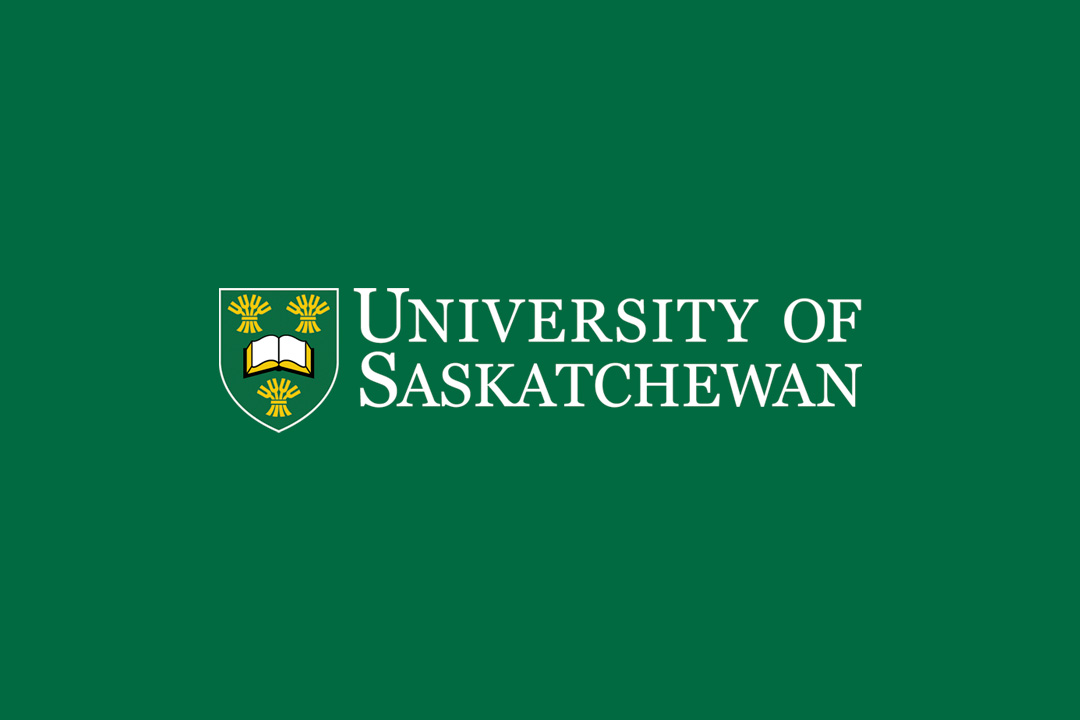
Statement on burial site found at former residential school in Kamloops
A statement from Vice-Provost, Indigenous Engagement Dr. Jacqueline Ottmann.<br/><br/>
It is with deep sadness that I write this message today. The magnitude of the news that the remains of 215 children were found on Tk’emlúps te Secwépemc on the site of the former Kamloops Indian Residential School is overwhelming. As was shared by Chief Rosanne Casimir, the community had a ‘knowing’ of this violence and loss. Evidently, children as young as 3 years old were buried in unmarked graves, on school grounds. This validation of Indigenous stories about this school has affected Indigenous peoples across this nation, and beyond. Tears have been shed, pipes have been lifted, drumming, and sharing circles have been engaged.
I’m Saulteaux from Fishing Lake First Nation and many members (both younger and older than I am) of my family attended Gordon’s Indian Residential School, which ran from 1876-1996. I’ve heard the tragic stories, and I know the trauma of these violent schooling experiences are marked in my DNA. I recognize this and actively work at honouring the lives that endured the psychological, physical, and spiritual crimes on their beings. I’ve witnessed what it has done and continues to do within my family and community. We endure, we are still here.
What can individuals, in groups, or as a community do in response to this news? Acknowledge the truth. Light a candle, say a prayer, or have a minute of silence in remembrance of the lives that were taken. Children did survive Indian Residential School – treat these survivors with respect and take the initiative to learn their story in ways that do not burden them, but acknowledge their stories and see their resilience and strength.
na-mi-quai-ni-mak (I remember them - Cree)
kahnweekah gawaneekasea binochi (Never will I forget the children – Nakawe)
Dr. Jacqueline Ottmann
Vice-Provost, Indigenous Engagement
University of Saskatchewan
Article re-posted on .
View original article.
